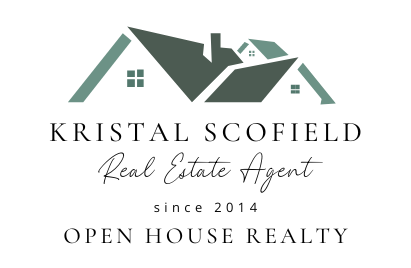For many first-time homebuyers or those looking to minimize their upfront investment in a home, the prospect of putting down less than 20% can be appealing. However, this decision often comes with the requirement of Private Mortgage Insurance (PMI). Here, we delve into what PMI is, why it’s required, its implications for homeowners, and how one can navigate this often misunderstood element of home financing.
What is Private Mortgage Insurance (PMI)?
PMI is a type of insurance that protects the lender if a borrower defaults on a home mortgage. It’s typically required when the down payment on a home is less than 20% of the property’s value. Essentially, it lowers the risk for lenders by covering a portion of the mortgage amount if the borrower stops making payments.
Why is PMI Required?
- Risk Mitigation: When buyers put down less than 20%, they have less equity in the home. If property values drop or if the buyer can’t continue payments, the lender’s risk of loss increases. Private Mortgage Insurance mitigates this risk.
- Access to Homeownership: By allowing loans with smaller down payments, it enables more people to afford homes, supporting homeownership rates.
Implications of PMI for Borrowers
- Cost Addition: PMI adds to the monthly mortgage payment. The premium for it can vary based on the loan size, credit score, and down payment percentage but typically ranges from 0.5% to 1% of the original loan amount annually.
- Long-term Impact: Over the life of the loan, Private Mortgage Insurance can amount to thousands of dollars. However, many offset this cost by investing less upfront or using their funds for other financial goals.
- Equity Building: Despite the added cost, PMI allows homeowners to build equity from day one, albeit at a slower pace due to the extra expense.
Navigating PMI
- Understanding When It Can Be Cancelled: PMI can often be removed once the loan-to-value ratio (LTV) reaches 80%. Homeowners can achieve this by either increasing their home’s value or making consistent mortgage payments that reduce the principal. Borrowers should proactively inform their lender when they believe it’s time to cancel, helping them avoid unnecessary costs.
- Shopping for PMI: Just like home insurance, PMI can be shopped around. Borrowers may find better rates or coverage through other providers, usually by working with their mortgage lender.
- Alternatives:
- FHA Loans: These offer mortgage insurance funded through upfront mortgage insurance premiums (MIP) and annual MIP, often more affordable than PMI for those who qualify.
- Piggyback Loans: An 80-10-10 loan structure can help avoid PMI by splitting the mortgage into two loans, one for 80% of the home’s value and a second for 10% (plus a 10% down payment), though this might lead to higher interest rates on the second loan.
- Down Payment Assistance Programs: Some provide funds that can increase your down payment to reach 20%, thus avoiding PMI.
Private Mortgage Insurance is a crucial tool that enables many to step into homeownership without the need for a significant down payment. While it raises monthly homeownership costs, understanding its purpose and removal helps homeowners make better financial decisions.

